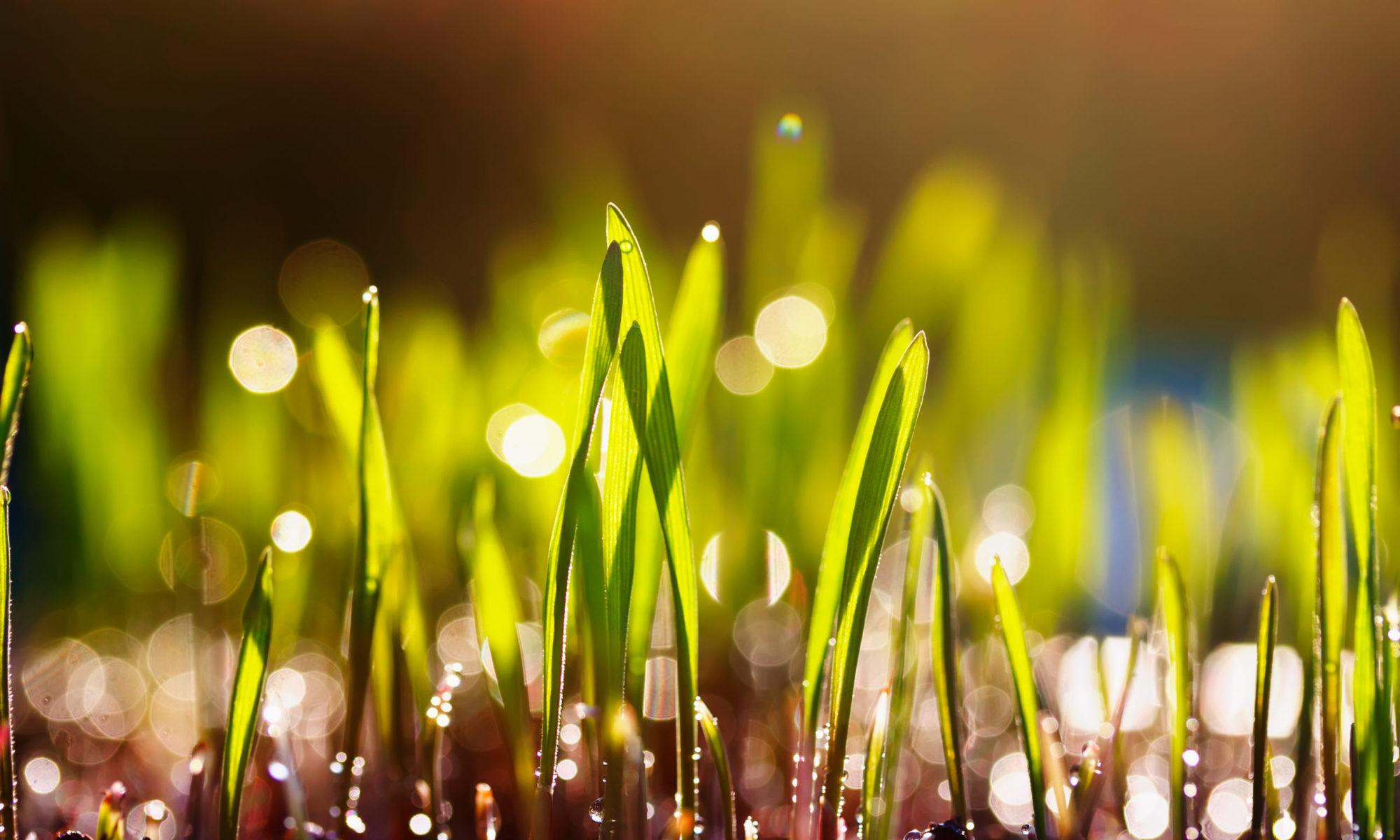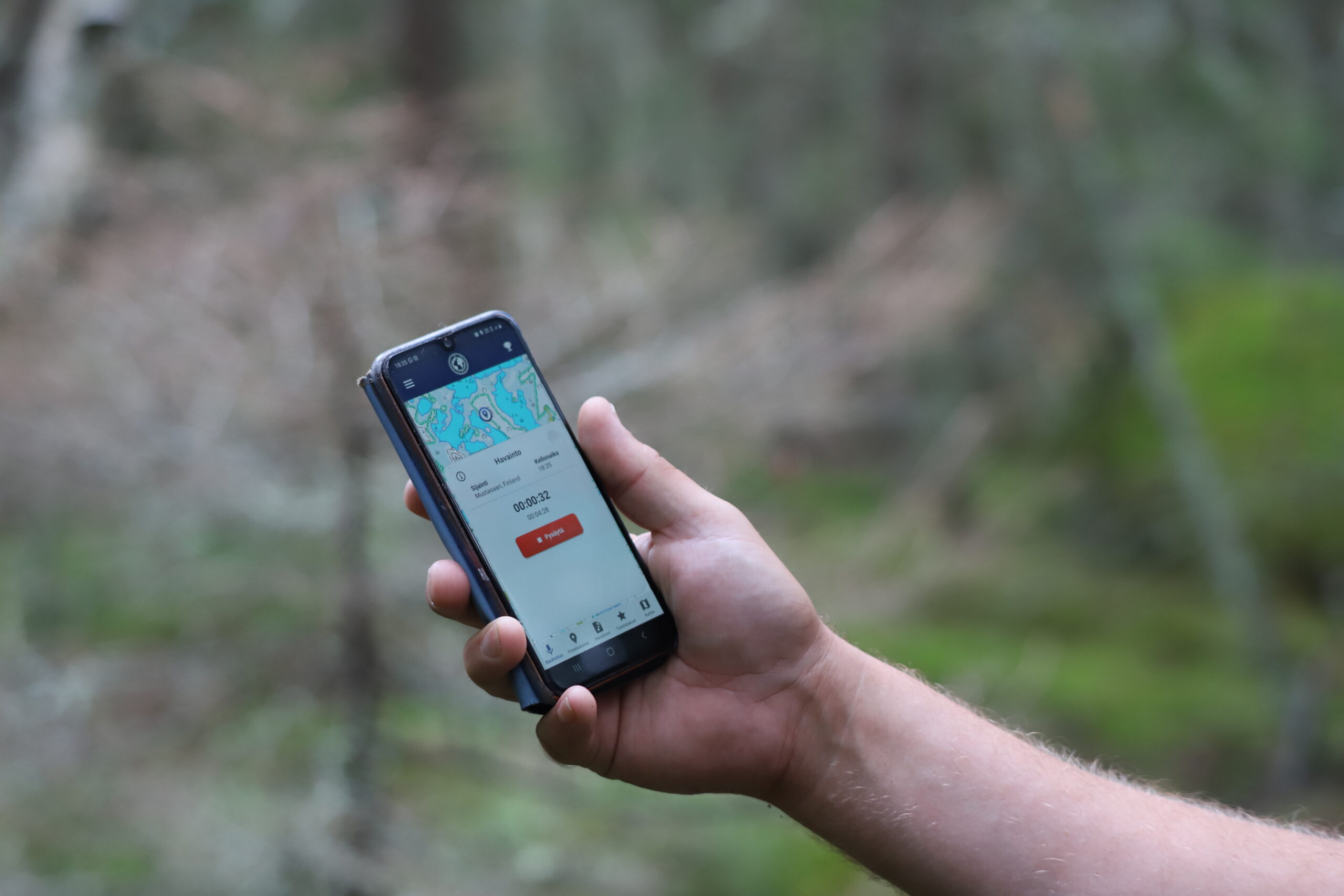Sara Kåll-Fröjdö
Maria Hofman-Bergholm
Lena Enlund
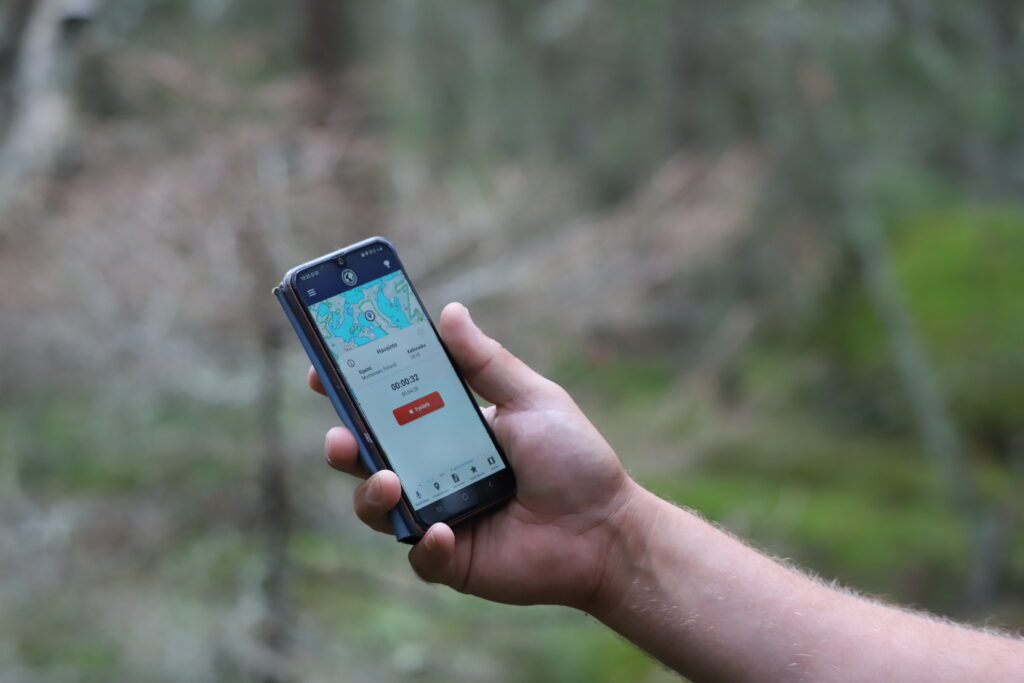
We live in a rapidly changing world. Monitoring and inventorying the changes and implications of it tends to be quite resource intensive for research institutions. A tool that is more frequently used for this kind of monitoring is citizen science, meaning community members contribute by gathering information through different kinds of activities. Citizen science is also often mentioned in the relatively new concept of regenerative tourism. So, what does citizen science mean and what could the potential use within the tourism sector be? In this article we explain the term briefly and explore several examples of citizen science online services and applications in Finland.
Citizen science in the context of regenerative tourism
Citizen science means that scientists get input from citizens in gathering data, formulating research questions, and interpreting data. Citizens are actors, together with scientists or on their own.
The Finnish Researchers Guide to Citizen Science (Svan, Rabb and Rosti 2022) defines citizen science as scientific research carried out partly or entirely by ordinary people. Citizens can for example collect, classify or analyze the data needed for research. The people involved in citizen science are not the subjects of the research, but its authors. You do not need to be a trained researcher to take part in research. Citizen science can also be called participatory science, crowdsourced science or citizen observation. (Svan et al. 2022.)
There are potential benefits from using citizen science activities. Atladóttir, Aquino, Nikolova and Falter (2023) point out that citizen science is an inclusive way of creating knowledge, not “locking away” science from ordinary citizens and keeping it as a privilege for a scientific community only. Implementing citizen science also affects the general opinion on research activities, research findings and conservation, and the scientific literacy of citizens. Citizen science also has the potential to contribute to policy changes and community changes.
The kind of citizen science activities that focus on the participation and experiences of tourists could be seen as a regenerative approach to tourism. The Nordic Regenerative Tourism project points out that the citizen science activities should be targeted, based on both place and knowledge. In the long term, the results of the activities could lead to reclaimed biodiversity through for example revitalizing landscapes, ecosystems and natural attractions (Atladóttir et al. 2023).
Citizen science activities could have a positive impact on the environment and local communities, but what about the tourists themselves? A long-term follow-up study made with tourists three years after they had taken part in environmental education activities while visiting a tourist resort by the Red Sea showed some interesting results. The participants had forgotten the knowledge they had acquired during the activities, which was visible in the short-term study directly after the activities. The environmental awareness scores were however significantly higher in the long-term study compared to the short-term study (Meschini, Prati, Simoncini, Airi, Caroselli, Prada, Marchini, Machado Toffolo, Branchini, Brambilla, Covi, and Goffredo 2021). The results of just one study are too little for drawing conclusions, though.
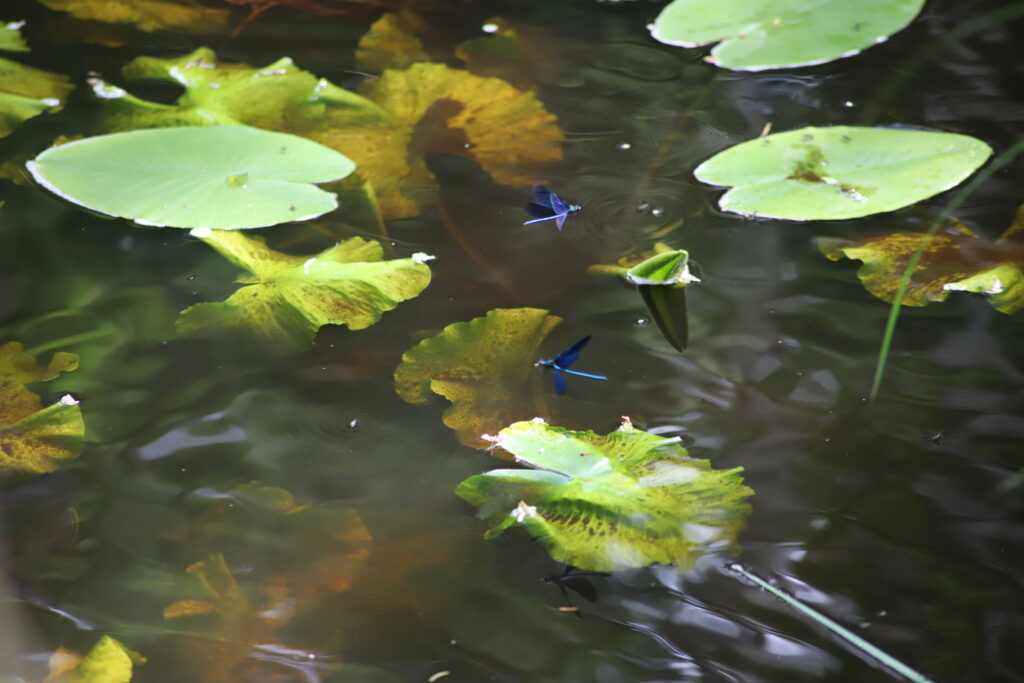
Examples of citizen science online services and applications in Finland
There are some examples of infrastructures serving citizen science in Finland. Suomen lajitietokeskus (the Finnish Biodiversity Information Facility, FinBIF) is an open access data repository where data from many different collections and datasets, as well as observations from the public, is combined. Through the portal you can browse information on all forms of biological life in Finland as well as record your own observations and help identify other’s observations. You can submit single observations without any registration or register for saving and keeping track of your own observations. There are also links to separate citizen science projects focusing on certain subjects, such as for example invasive species observations, mushrooms, butterflies, fireflies and bird species found during winter. It is also possible to fill out complete checklists of species during a trip. These are important since you not only record the species you find but also the ones not found. Some citizen science projects are open only for a limited group, for example, a project where farmers on milk-producing farms observe species on their grounds. FinBIF is managed by the Finnish Museum of Natural History Luomus. (Finnish Biodiversity Information Facility FinBIF.)
iNaturalist Finland is a social community of nature enthusiasts and a service where you can record your observations by taking photos and getting help identifying them. The observations are available and usable by researchers, authorities and anyone interested in nature. The service is part of the international iNaturalist network, and the observations produced by the service are also stored by the Finnish Biodiversity Information Facility, making them available to researchers, authorities and hobbyists though the portal. The application is free to download and works on both Android and Apple iPhone smartphones. (Svan et al. 2022.)
University of Jyväskylä has developed an application called Muuttolintujen kevät (Migratory Bird Spring, own translation), that allows you to record birdsong and make bird observations using artificial intelligence. The AI behind the app can identify bird species based on recordings of the bird song. The application is free to download and works on both Android and iPhone smartphones. No information about the application user is stored, only an anonymous used ID is created for the user. You don’t have to register; you simply record a birdsong and submit the recording. The AI will identify the bird species, and the application collects sightings from the public. Only the sound file, location data and anonymous user ID are stored and analyzed with the user’s permission. The data is valuable from a scientific point of view, since the observations don’t rely on individuals’ ability to recognize species, but all data is comparable and of equal value. The application was launched in 2023. (Muuttolintujen Kevät – Research for JUY Mobile.)
Järvi-meriwiki is an online service providing basic information on the lakes and coastal marine areas of one hectare or more in Finland. The service is built and published in cooperation between public authorities and citizens, and it is maintained by the Finnish Environment Institute. Basic information is obtained from the databases of different research institutes. In other respects, the content is editable by anyone. You can write and submit observations about your local lake or coastal area, add descriptions, share photos and maintain observations points where you collect data. Observations can be made for example on the blue-green algae situation, water surface temperatures, ice conditions, visible depth, occurrence of the invasive species Canadian waterweed in lakes, occurrence of the common jellyfish in coastal areas and occurrence of litter. Järvi-meriwiki is not moderated in advance and the administrators are not responsible for the information. By submitting material, you also agree to follow the general rules of the wiki and breaking the rules might lead to exclusion. (Järvi-meri wiki.)
Talviseuranta (Winter monitoring, own translation) was developed to observe the progress of winter by monitoring changes in snow and ice, as well as observation of species. Among other things, the water levels and weight of snow are measured. The aim is to inspire people of all ages and backgrounds to observe nature and collect citizen observations as well as raise climate awareness. The observations are reported to the Finnish Environment Institute, using an online platform. (Talviseuranta.)
The Natural Resource Institute of Finland also have several forms for reporting on for example valuable genetic resources from agriculture and horticulture, that is old and rare heritage varieties. Other reporting forms include invasive mammal species, fish and forest damage by insects. (LUKE Natural Resources Institute Finland.)
There are several initiatives concerning litter. The Siisti biitsi (Clean Beach) campaign aimes to clean up beaches and gather information on the litter found. Anyone is invited to organize a clean-up event on a beach, submitting information on where and when. The litter found is reported to the organization Pidä saaristo siistinä (Keep the archipelago tidy), either by a form or through an application. The recording of litter by numbers of individual items is the same method used internationally. (Siisti biitsi.)
The Finnish Environment Institute has a citizen science campaign focusing on small litter on beaches. One square meter of beach is monitored by separating small litter (0,5-2,5 cm) from the surface sand by, for example, sieving. The public is encouraged to monitor several different square meters and submit them as separate observations, as this will improve the reliability of the data. The litter is reported by number of items, for example different kinds of plastic, Styrofoam, cigarette butts, metal, paper. (Pieni roska rannoilla.)
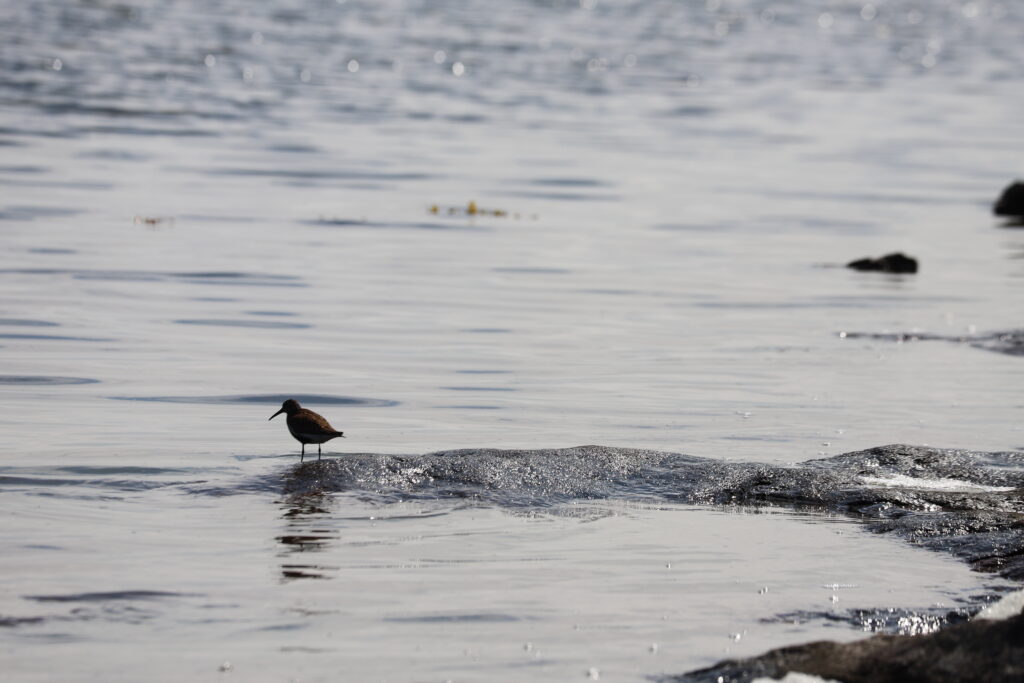
Possibilities for using citizen science in regenerative tourism?
Is the outcome of the citizen science activities always regenerative? Do the activities lead to transformative processes for the tourists? Do the activities result in improved wellbeing for the visitors, the community and nature?
Firstly, it is probably a critical thing that the activities are not “for show” but help to gather valuable information that will be of actual use, otherwise they are not truly regenerative. Secondly, it is also important that the tourists are made aware of why it is important that they gather the information, both for a personal learning outcome and for motivational reasons. This is necessary for a transformative experience; the tourist comes out of the experience with a combination of increased knowledge, changed attitudes, and enhanced motivation.
For a tourist entrepreneur interested in adding citizen science elements to already existing products, such as for example a hike, existing citizen science platforms and well-functioning free applications could be easy to use. Another possibility is to merely inform visitors about how they could gather valuable information independently during their stay. This could be done, for example, by recommending certain platforms and apps, among other information material. The way this is communicated is also important, including enough background information for the visitor.
If gathering information on, for example, plant species in a certain area while out on a hike, it would be important to get a briefing on why biodiversity is important, why it is important to know if certain species perhaps are increasing or decreasing in abundance or are found in totally new areas, where the data will be used and so on. Using crowdsourcing in the form of getting a wide array of observations could be especially important in monitoring the effects of the climate change on wildlife, where the research institutions simply do not have the resources to do the monitoring on their own. Following the arrival dates of migrant birds through the application developed by the University of Jyväskylä is an excellent example. Climate change will probably cause changes in the annual patterns of migrant birds and the public use of the application will be valuable for following the changes over time. The application is quite easy to use, since you do not have to register and the application will submit information anonymously, only showing the location where the observation is done. At the same time, the use of the application is fun, and you instantly get to see what bird is singing, only by recording the sound.
It is good to keep in mind that from a wellness perspective it might not be optimal to encourage excessive use of smartphones. Activities where you concentrate on the observing itself and only report digitally later would be better from a health perspective. Applications and webpages that are difficult to use and that are not technically functioning as they were intended to will not get users.
What about a local, place-targeted approach then? It could be possible for tourism entrepreneurs to collaborate with, for example, local museums, heritage organizations or research institutions for developing accessible projects that rise from local and regional need and where visitors could easily participate. A local and regional approach to the content of the activities as well as interaction between visitors and local actors would probably be ideal from a regenerative tourism point of view. This way the benefits are targeted on the place/region/community. It would also be interesting for the visitors if the focus of the citizen science activities is on the very place or region you have chosen to visit.
Meschini et al. (2021) concluded that citizen science activities should, from an environmental education point of view, be accessible to as many as possible, as well as entertaining and straightforward. This leads to satisfaction among the participants, which leads to higher levels of awareness and motivation.
The challenge is to design easily accessible, entertaining, and straightforward citizen science activities that bring benefits for visitor destinations and communities and where the results will be of use for the common good. Facilitating collaboration between different local and regional actors and arranging workshops for brainstorming on the subject could be one way of enhancing regenerative processes.
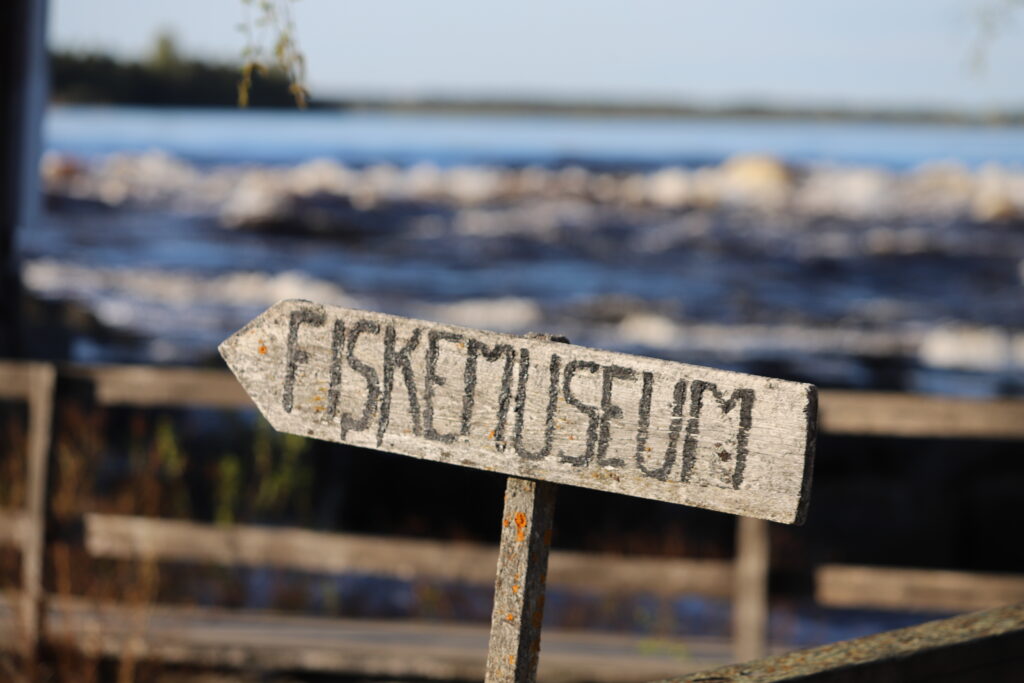
The aim of the Interreg Aurora-funded project REGGAE is to promote accessible and regenerative tourism in the project area. Regenerative is to be regarded as a transformational approach that aims to fulfil the potential of tourism places to flourish and create net positive effects through increasing the regenerative capacity of human societies and ecosystems. At the same time, the project will address the needs of micro and SMEs within tourism firms, who are struggling with challenges such as value for money, shortage of customers, identifying sale channels, lack of collegial networks, low visibility and sometimes feelings of loneliness.
The project started in September 2023 and will run until last August 2026. Partners in the project are the Natural Resources Institute Finland LUKE (Lead Partner) together with the Project Partners University of Eastern Finland UEF, Kristinestads Näringslivscentral Ab, Centria UAS, Swedish University of Agricultural Sciences SLU, Mid Sweden University and Gold of Lapland.
Photos: Sara Kåll-Fröjdö
References
Atladóttir, Ó. Ý., Aquino, J., Nikolova, M., and Falter, M. 2023. Nordic Regenerative Tourism NorReg 2022 – A Pilot Project. Reykjavik, Iceland: Iceland Tourism Cluster. Available at: https://static1.squarespace.com/static/64b120d26ff34d6b65ffaaa3/t/656daf9f78220175ba3a026c/1701687234952/NORREG_FINAL_REPORT_2022.pdf. Accessed 24 June 2024.
Finnish Biodiversity Information Facility FinBIF. Available at: https://laji.fi/en. Accessed 27 June 2024.
Järvi-meri wiki. Available at: https://www.jarviwiki.fi/wiki/Etusivu. Accessed 27 June 2024.
LUKE Natural Resources Institute Finland. Available at: https://www.luke.fi/fi/luonnonvaratieto/hakemisto?topics=&typeLabel=Lomakkeet%20ja%20tiedonkeruut. Accessed 27 June 2024.
Meschini, M., Prati, F., Simoncini, G.A., Airi, V., Caroselli, E., Prada, F., Marchini, C., Machado Toffolo, M., Branchini, S., Brambilla, V., Covi, C. & Goffredo S. 2023. Environmental awareness gained during a citizen science project in touristic resorts is maintained after 3 years since participation. Frontiers in Marine Science. Available at: https://www.frontiersin.org/journals/marine-science/articles/10.3389/fmars.2021.584644/full. Accessed 24 June 2024.
Muuttolintujen Kevät – Research for JUY Mobile. Available at: https://www.jyu.fi/fi/tutkimus/muuttolintujen-kevat. Accessed 27 June 2024.
Pieni roska rannoilla. Available at: https://www.syke.fi/fi-FI/Kansalaishavainnot/Kampanjat/SYKEn_kampanjat/Pieni_roska_rannoilla. Accessed 27 June 2024.
Siisti biitsi. Available at: https://www.siistibiitsi.fi/en/front-page/. Accessed 27 June 2024.
Svan, E., Rabb, V. & Rosti, T. 2022. Kansalaistieteen opas tutkijalle. Helsinki: Vastuullisen tieteen julkaisusarja 19:2022. Available at: https://doi.org/10.23847/tsv.430. Accessed 27 June 2024.
Talviseuranta. Available at: https://talviseuranta.fi. Accessed 27 June 2024.
Sara Kåll-Fröjdö
RDI-expert
Centria University of Applied Sciences
Tel. 040 487 9634
Maria Hofman-Bergholm
RDI-expert
Centria University of Applied Sciences
Tel. 040 356 3305
Lena Enlund
RDI-expert
Centria University of Applied Sciences
Tel. 044 725 0594
